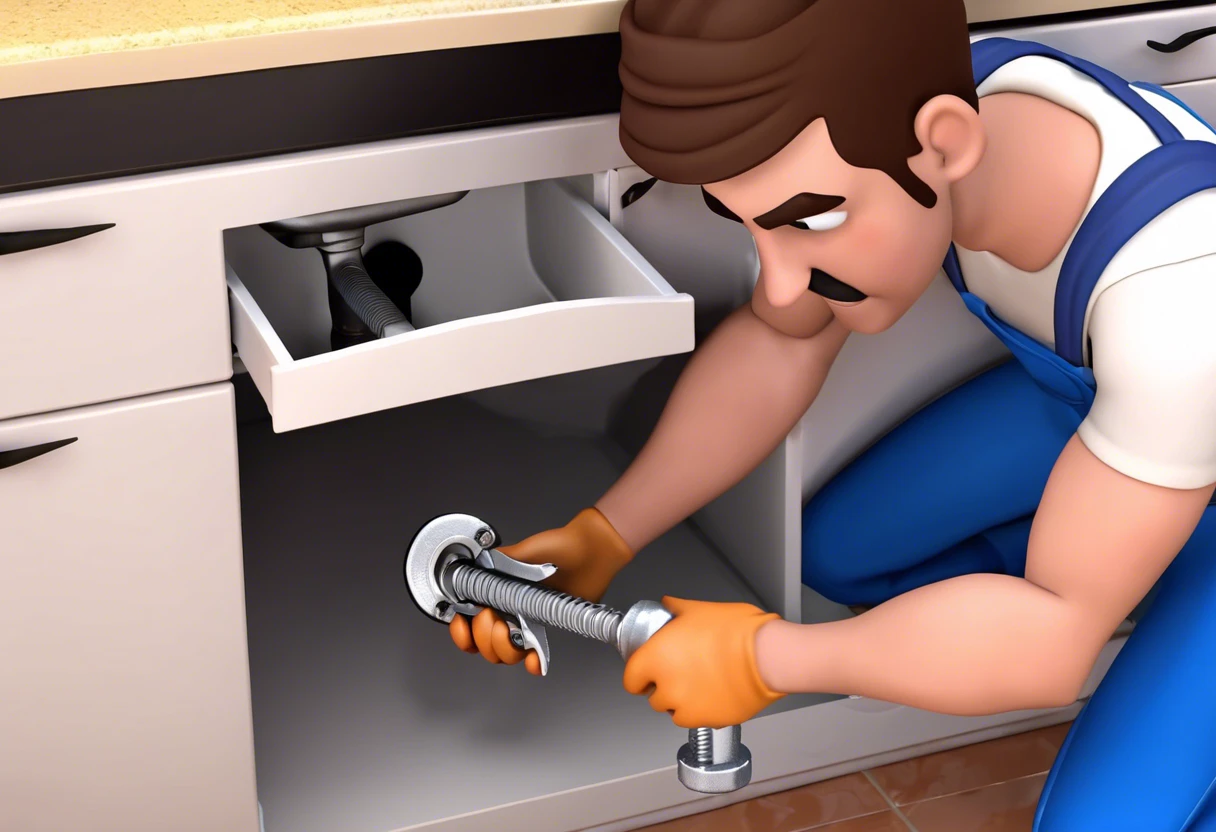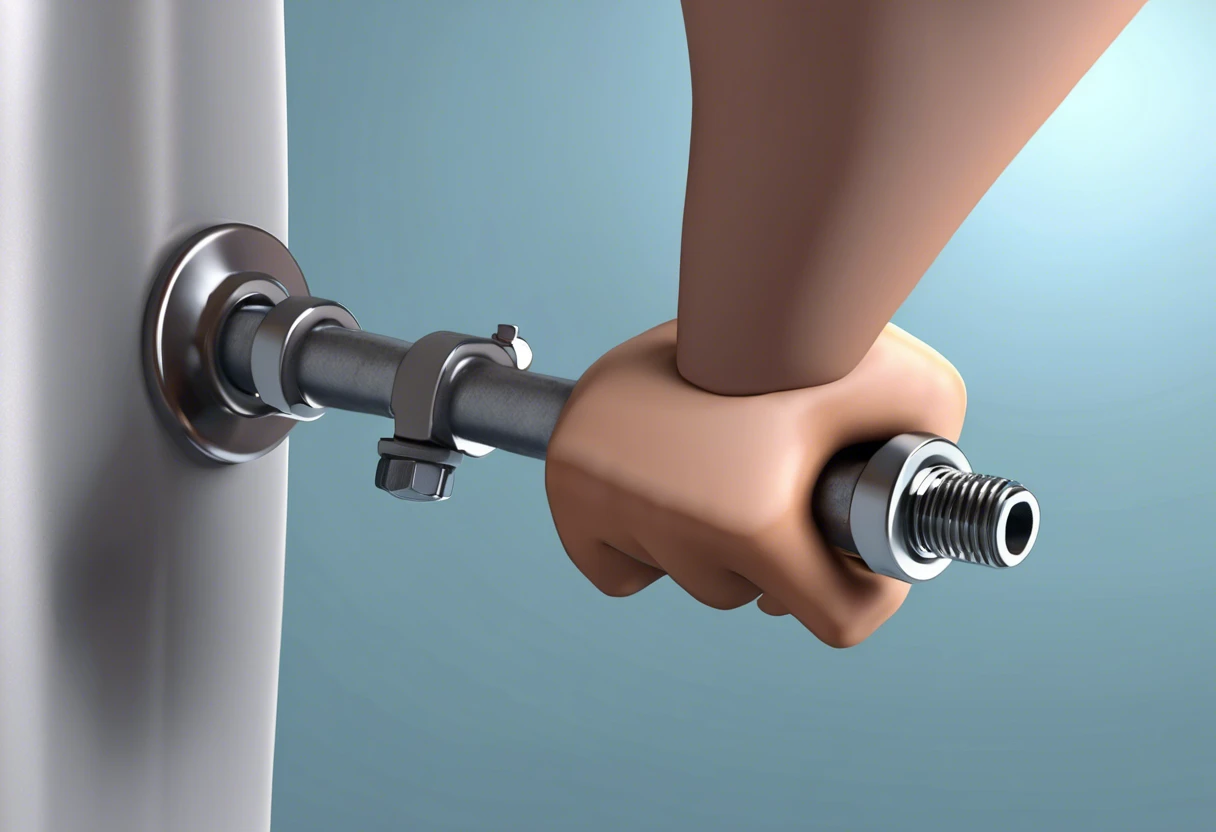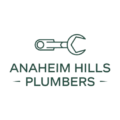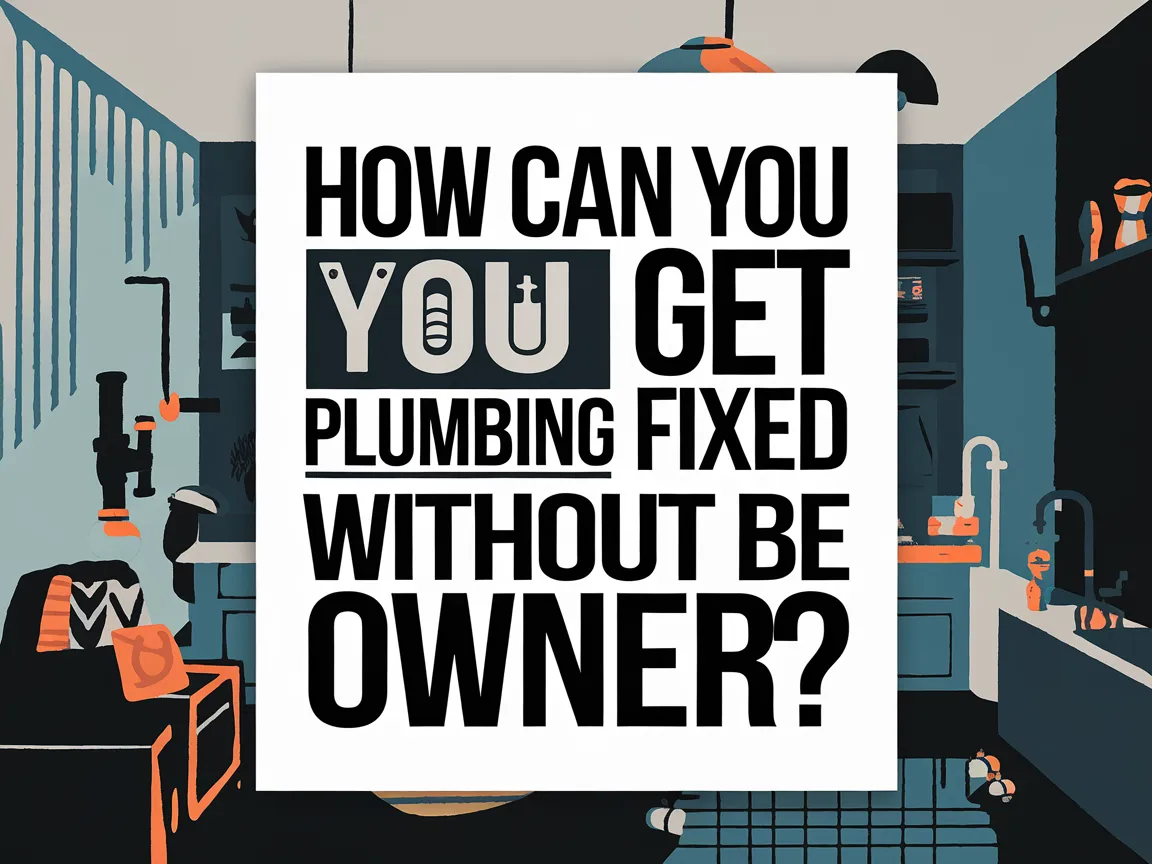Mastering the Art of Loosening Plumbing Fittings
Published on: March 19, 2025 | Last Updated: March 19, 2025
Written By: anaheimplumbers
Got a stubborn plumbing fitting that just won’t budge? You’re not alone! Knowing how to loosen plumbing fittings can save you time, money, and a whole lot of frustration in your Anaheim Hills home.
I totally get it; I’ve been there too. Working on various plumbing projects around the OC, I’ve faced some tough fittings that made me question my sanity. But I’m here to help you navigate this challenge with ease and confidence! If you’re looking for more insights, check out the anaheim hills plumbing blog for helpful tips and answers to common questions.
In this guide, I’ll walk you through different techniques for loosening plumbing fittings, share tips on understanding their importance, and discuss the best times to consult a plumbing expert. Let’s dive in and tackle those tricky fittings together!
Page Contents
- 1 How to Loosen Plumbing Fittings
- 2 Key Takeaways
- 3 Understanding the Importance of Loosening Plumbing Fittings
- 4 Common Techniques for Loosening Plumbing Fittings
- 5 Advanced Techniques for Loosening Plumbing Fittings
- 6 When to Consult an Expert for Plumbing Help
- 7 Frequently Asked Questions
- 8 Final Thoughts on Loosening Plumbing Fittings
- 9 Additional Resources for You:
How to Loosen Plumbing Fittings
Yes, you can loosen plumbing fittings! Use a wrench or pliers while applying steady pressure; consider using penetrating oil on rusted parts. Be sure to turn off the water supply to avoid leaks while working. Patience is key with stubborn fittings.
Key Takeaways
Here’s a quick summary of what you’ll learn about loosening plumbing fittings:
- Understanding the significance of loosening fittings for effective plumbing repairs.
- Different common techniques for loosening plumbing fittings, making it easier for DIY projects.
- Insights into the costs involved in professional loosening versus DIY methods.
- When to reach out for expert help to avoid common plumbing disasters.
Understanding the Importance of Loosening Plumbing Fittings
Why Proper Techniques Matter
Employing the right techniques to loosen plumbing fittings can save you both time and frustration. During my early years in Anaheim Hills, I discovered the hard way that being too forceful with a pipe fitting often resulted in leaks or even greater damage. By utilizing proper methods, you can minimize the risk of breaking fittings, leading to a smoother and more stress-free repair process. If you find yourself facing a blockage in your toilet, it’s worth considering how liquid plumber can effectively address the issue.
The Risks of Forcing Plumbing Fittings
I recall struggling with a stubborn copper pipe fitting during an old sink remodel. My attempts to use brute force only twisted the pipe, ultimately leading to a frustrating leak. As many homeowners know, replacing a damaged fitting often requires cutting and soldering—an inconvenient task, especially when racing against a deadline. It’s essential to understand that forcing a repair can create more problems than it solves. Recognizing when a blockage has occurred is vital, as a plumbing stoppage can result in significant headaches and costly repairs. To gain a better understanding of what a stoppage entails and its impacts on plumbing systems, you can explore this informative stoppage in plumbing.
Tools You May Need
Before you begin, make sure you’ve got a few essential tools handy. A **basin wrench** is invaluable for tight areas, along with adjustable pliers and penetrating oil such as WD-40 to help loosen stubborn fittings. Depending on the type of fitting you’re dealing with, a quality pipe cutter might be required as well. Trust me, having the right tools can make all the difference!
Let’s dive into effective techniques for loosening various plumbing fittings. Since fittings can vary widely from PVC to copper, each type requires specific methods to ensure effective loosening. Throughout my experience with plumbing projects in Anaheim, I’ve come across nearly every variation, so it’s worth breaking these techniques down. Additionally, when dealing with pool plumbing systems, it’s essential to understand the specific type of PVC needed for a solid and leak-free installation.
Each material or fitting type presents different challenges. For instance, when working with PVC, applying a bit of heat might help. A heat gun can warm those tight plastic plumbing fittings, making them easier to twist off. Conversely, metal fittings often benefit from a hydration treatment. Take your time and consider the fitting’s stresses; a hasty move can lead to unnecessary expenses.
Factors such as rust and corrosion can complicate any plumbing fitting, particularly in older homes in California. For instance, I vividly recall a project where I had to tackle stubborn rusted galvanized pipes in a hillside home built in the 1980s, which were further challenged by heavy rain following fire season. In situations like these, patience is indeed essential! If you’re noticing signs of aging pipes in your own home, it’s crucial to evaluate the types of plumbing materials present. Certain materials can lead to significant issues over time. To learn more about which plumbing pipes can be problematic and how they might impact your home, be sure to check out this informative resource that discusses bad plumbing pipes.
If you encounter a stuck metal pipe fitting or one that’s threaded, apply some penetrating oil and give it about 15 minutes to soak in; this strategy works wonders, particularly with older pipes. With patience, you’ll find those fittings twisting off rather than flinging across the room!
Never forget to anchor your setup, especially for heavy or sliding pipes you’re working on. A solid plan creates smooth loosening; whereas failing to anchor might lead to costly mishaps down the line. Good planning is crucial!
With all this in mind, whether loosening pipe fittings under the sink, dealing with threaded pipes, or tackling a challenging copper fitting, you now have plenty of strategies to overcome plumbing challenges with confidence!
Next, let’s explore common methods for loosening plumbing fittings.
Also See: How to Call a Plumber and Ask for Help in Anaheim Hills, CA

Common Techniques for Loosening Plumbing Fittings
In this section, I’ll share valuable tricks I’ve learned for loosening stubborn plumbing fittings here in Anaheim Hills.
How to Loosen Pipe Fittings Under a Sink
To address under-sink fittings, a **basin wrench** is your best friend. I can’t tell you how many times it has saved me on the job! Slide it into the tight space and give it a twist—it’s flexible and adept at reaching those awkward angles.
How to Remove Stuck Threaded Pipes
If you’re facing threaded pipes, start by applying penetrating oil like WD-40. Allow it to soak, then use a pipe wrench. Remember, patience is crucial—rushing this process can damage the threads.
How to Loosen a Pipe Without a Wrench
No wrench? No problem! A rubber band can come to your rescue. Wrap it around the fitting for a better grip, and twist using your hands. This method works wonders on small fittings, especially if you’ve forgotten your tools on a quick job!
How to Loosen PVC Pipe Fittings
For **PVC fittings**, heat things up! Using a heat gun to warm the joint can make it easier to twist off. However, be cautious not to apply too much heat, as melting the pipe can create an unnecessary mess. If you find yourself struggling with stubborn connections, consider looking into methods to loosen plumbing fittings effectively without damaging your pipes. These techniques can save you time and effort in your plumbing projects.
How to Loosen Tight Plastic Plumbing Fittings
With tight plastic fittings, applying cold water often causes them to contract. Instead, hit the fitting with hot water first, then attempt to twist it loose. I’ve seen this simple yet effective method help many inexperienced DIYers avoid frustration.
How to Loosen Copper Pipe Fittings
Copper pipes often present unique challenges during installation and repair. To begin, applying a little olive oil on the threads can serve as an effective lubricant—though it may seem unusual, it truly works wonders! If this approach does not yield the desired results, it may be time to cut the problematic section using a pipe cutter; recognizing when to take more serious measures is an important skill. Additionally, when installing vent pipes, using the correct angles is essential for maintaining proper airflow. For instance, ensure that you evaluate the feasibility of using 90-degree bends on plumbing vent pipe to guarantee optimal functionality.
How to Loosen Rusted Galvanized Pipes
When dealing with rusted galvanized pipes, a simple yet effective method is to gently tap around the fittings with a hammer. I once salvaged an entire plumbing system using this technique on a house nestled in the hills, successfully preserving those old pipes for continued use. As you embark on plumbing projects, it’s crucial to be aware of associated costs, especially when considering expenses related to hiring a plumber for tasks like toilet installation. This awareness not only aids in effective budgeting but also helps prevent unexpected financial surprises. For detailed insights, be sure to check out how much you can expect to pay for a plumber to install a toilet.
How to Loosen a Stuck Metal Pipe Fitting
Finally, for any stuck metal fitting, leverage is your ally. Use a longer lever or pipe over your wrench to apply more force. If the fittings remain stubborn, don’t hesitate to seek help.
- Use a basin wrench under sinks.
- Apply penetrating oil for threaded pipes.
- Try a rubber band for grip.
- Heat up PVC fittings for easier loosening.
- Use hot water on tight plastic fittings.
- Opt for olive oil on copper pipes.
- Tap rusted pipes gently to break the bond.
- Utilize leverage to loosen stuck metal fittings.
This wraps up common techniques for loosening plumbing fittings. Now, let’s discuss some advanced techniques!
Advanced Techniques for Loosening Plumbing Fittings
Advanced techniques can really save the day when you’re faced with stubborn plumbing fittings.
Using Vibration to Break Free Fittings
Some stubborn fittings respond well to vibration. Employing a power tool, such as a small hammer drill or impact driver, can gently vibrate the fitting while applying heat, effectively disrupting the corrosion bond. However, when dealing with rough plumbing, it is crucial to understand the underlying systems to make adjustments efficiently. Always be cautious and use minimal settings to avoid damaging your fittings. For a deeper understanding of this topic, you can explore rough plumbing techniques.
Liquid Wrench and Other Lubricants
While I’ve previously mentioned penetrating oil, the effectiveness of alternative lubricants like **Liquid Wrench** cannot be underestimated. Spraying it on and allowing it to sit for at least 15 minutes works wonders for rusted and corroded fittings!
Torque Wrenches for Precision
If you’re dealing with particularly stubborn or fragile fittings, a **torque wrench** can help you apply controlled pressure without causing damage. It will help you find the balance between too little and too much force, which I’ve found to be incredibly useful!
| Technique | Description | Best Use Case |
|---|---|---|
| Vibration Technique | Using a hammer drill to gently vibrate the fitting. | Effective for bonded or rusted fittings. |
| Liquid Wrench | Penetrating spray that breaks down rust. | Ideal for rusted and corroded fittings. |
| Torque Wrench | Applies controlled force to avoid damage. | Great for fragile fittings or precision loosening. |
Adjustable Pipe Wrenches
When working with larger fittings, it’s important to use adjustable pipe wrenches, as they provide a superior grip and allow you to adapt the jaw size to various fittings. This ensures even pressure distribution and reduces the risk of damage during your task. If you are contemplating a career in the trades, it can be quite challenging to choose the right path. You might find yourself weighing the merits of plumbing against electrical work. To aid in your decision-making process, consider the factors involved in becoming an electrician or plumber by checking out this helpful resource that outlines key considerations.
Heating with a Hair Dryer
If you lack a heat gun, a hairdryer can be an effective alternative. Keep it in motion to avoid overheating a specific section. This method works particularly well for tight plastic fittings!
You now have a comprehensive understanding of advanced methods for loosening plumbing fittings. In the next part, we’ll discuss when to seek professional plumbing assistance.
When to Consult an Expert for Plumbing Help
Signs You Should Hire a Professional
After dealing with plumbing issues daily, I’ve become keenly aware of the clear signs that indicate when it’s time to call in professionals. Frequent clogs, an increase in leaks, or unusual sounds emanating from your pipes serve as strong indicators that expert assistance is necessary. Each plumbing project typically involves several essential stages, which are crucial for thorough resolution of these issues and for restoring both functionality and peace of mind. To gain a deeper understanding of how many phases plumbing projects entail, you can refer to this comprehensive resource on project phases.
Choosing the Right Plumbing Service for Your Needs
When selecting a plumber, it’s essential to prioritize local expertise and positive reviews. Recommendations from friends or family who have had plumbing experiences can significantly guide your decision-making process. Local professionals not only understand your unique plumbing challenges but can also offer tailored solutions. If you’re considering the financial aspect of plumbing a house, it’s wise to investigate the costs involved. For more detailed insights, you may want to check out how much it costs to plumb a house to better prepare your budget.
Ensure that the professional you hire is fully licensed and insured. From my personal experience, hiring someone familiar with local regulations and codes enhances communication and ensures the job is done right.
Benefits of Hiring a Local Anaheim Hills Plumbing Expert
Employing a local expert familiar with Anaheim Hills can help solve issues quickly. I once completed a project efficiently due to the technician’s understanding of the area—our team at Anaheim Hills Plumbers connects effortlessly with locals, thanks to our shared knowledge of local laws and quirks!
Being local not only ensures compliance with plumbing codes and regulations specific to Anaheim Hills, but it also helps you avoid potential fines and unsafe installations that could arise from handling plumbing fittings without the proper expertise. Additionally, when planning excavation work, it is essential to secure the necessary permissions and adhere to established guidelines. For more insights on how to obtain the required plumbing permit for your project in Anaheim Hills, be sure to check the details on Anaheim Hills plumbing regulations.

Frequently Asked Questions
Here are some common questions I receive regarding plumbing fittings and their loosening techniques.
How Do You Unscrew a Tight Pipe Fitting?
To unscrew a tight pipe fitting, apply heat or use a pipe wrench for leverage. Gently but firmly approach the tight pipe fitting to break the existing seal.
How to Loosen Tight Tap Fittings?
Start with a reliable wrench or apply penetrating oil on the threads. Patience is crucial while working to avoid stripping tight tap fittings.
What’s the Best Way to Loosen Rusted Plumbing Fittings?
To loosen rusted plumbing fittings, apply a rust remover to break down the corrosion. This process requires ample time and patience to avoid unnecessary damage.
What Tools Can I Use to Loosen Stubborn Plumbing Fixtures?
Tools such as adjustable wrenches and pipe wrenches provide the necessary grip to tackle stubborn plumbing fixtures effectively.
Can Heat Help to Loosen Stubborn Plumbing Fittings?
Yes, applying heat can effectively assist in loosening stubborn plumbing fittings. Heat causes metal to expand, which can help break loose stubborn rust or corrosion.
Is There a Technique to Loosen Plumbing Fittings Without Damage?
Using lubricant and allowing it to soak is crucial for loosening plumbing fittings without causing damage. With patience, you can gently coax fittings loose without harm.
Final Thoughts on Loosening Plumbing Fittings
We’ve covered the essentials: understanding the significance of loosening plumbing fittings, various techniques, anticipated costs, and when to consult an expert.
To summarize how to loosen plumbing fittings: you can employ simple methods like wrenches or heat. For specific challenges, consider reaching out to our team at Anaheim Hills Plumbers for assistance or use our chat function for a quick quote.
Additional Resources for You:
- Cauldwell, R. (2017). Plumbing Complete: Expert Advice from Start to Finish. Cool Springs Press.
- How to Remove Stuck Pipe Fitting: Expert Tips
- 12 Ways to Break Loose Rusted and Stuck Plumbing Fixtures
- Removing old stuck pipe fittings…advice? — Heating Help: The Wall
- How to Loosen Brass Fittings that Are Stuck

